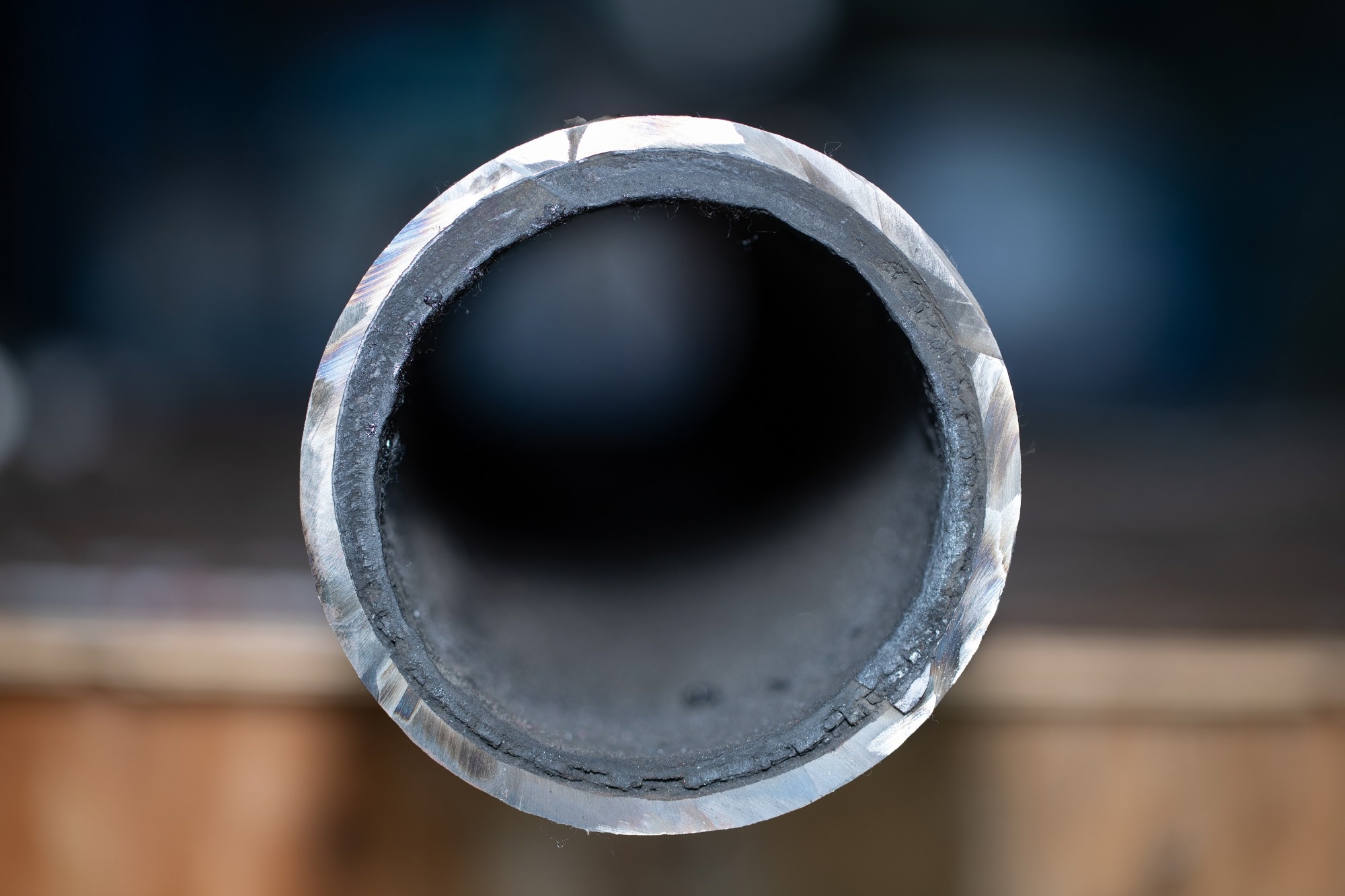Creep and Stress Rupture testing evaluates the behavior of materials (plastics, metals, composites, and ceramics) under prolonged stress, and usually elevated temperatures to simulate conditions that the material will experience in its final use. Both tests are used to research and/or validate materials used in critical component manufacturing providing valuable insights into the mechanical properties, durability, and reliability of the material.
Stress Rupture Testing is performed at elevated temperatures using very high material stresses to determine the amount of time it takes for the material to rupture. This test can be used to evaluate new materials, but most testing is used to validate the strength of materials used in manufacturing. This is very important in a production setting because many stress rupture tests are designed so that the test material will not rupture before 24 hours at stress and temperature. If the part ruptures before there is a material issue. This gives quick feedback as to the quality of the material.

Image Credit: High Simple/Shutterstock.com
Creep Testing is like Stress Rupture in that the specimen is tested at elevated temperatures and constant stress. The differences are that the stress applied to the material is below the material’s yield strength and the material’s elongation over time is measured throughout the test. This elongation is logged over time to determine the elongation or creep of the specimen during the test. Note: Creep is the permanent deformation of the material due to stress. The creep over time of a material is a crucial parameter to determine if a material is suitable for applications. Imagine a jet engine turbine blade, which has very tight tolerances. If the blade were to creep or deform too much it could contact the casing causing catastrophic failure.
Special machines are used to perform these tests, that have a method of applying the stress to the material and a furnace to heat the material under test to the required temperature. For many years these machines would apply stress to the material by using hanging weights. With the advancement in computer controls and load cells many next generation testing machines utilize mechanical methods to generate the force. This also opens new types of testing where stress increases are applied to the test in different schedules to further accelerate the tests.
Advancements in furnace design and again in controls have led to testing machines that have extremely precise temperature control and cost less to run than previous testing machines. This coupled with the ability to automatically log all of the data and easily present reports has significantly reduced manpower required to run large Creep and Stress Rupture laboratories.
Other significant advancements have been in the materials elongation measurement. Not too long-ago testing machines relied on Linear Variable Differential Transformers or LVDTs for elongation measurements, which were analog devices that had large reading changes based on room temperature. So changes in the laboratory temperature would be interpreted as changes in elongation. New testing systems rely on glass scale encoder technology, which do not require calibration and are very stabile with temperature. They also offer much higher resolution than the LVDTs, allowing far better material evaluation.
Even though the testing of Creep and Stress Rupture properties have been used for decades now, the technology of new testing equipment has elevated the test systems to be able to provide far better data in a more consistent fashion.
Applied Testing Systems
Specific conditions and machinery must be used to acquire accurate testing results. The intricacies of mechanical tests, particularly those like creep and stress rupture testing, require expertise. As well as having the right equipment, knowledge of how to leverage the equipment effectively is needed.
Partnering with an experienced company that appreciates the significance of a mechanical test is key. Applied Testing Systems leads this area, offering state-of-the-art direct load and lever arms test systems. The company’s inventory boasts supplementary equipment tailored for a wide range of creep and stress rupture tests.

This information has been sourced, reviewed and adapted from materials provided by Applied Test Systems.
For more information on this source, please visit Applied Test Systems.